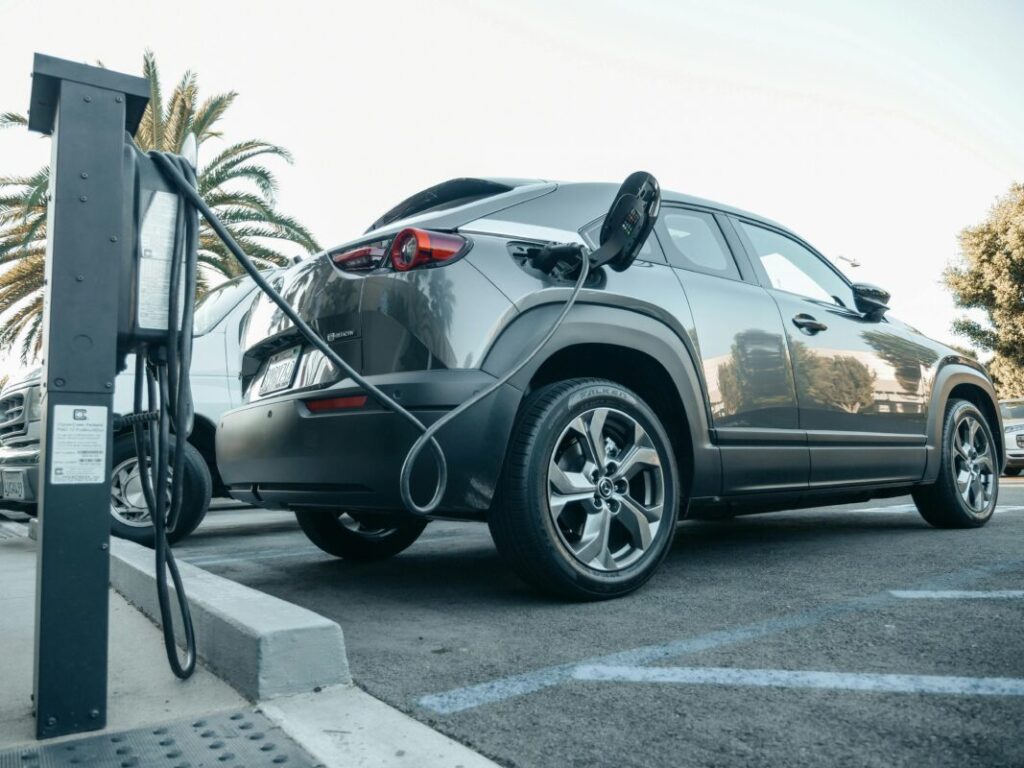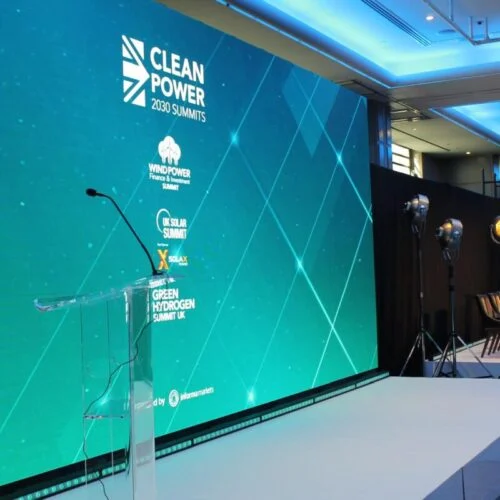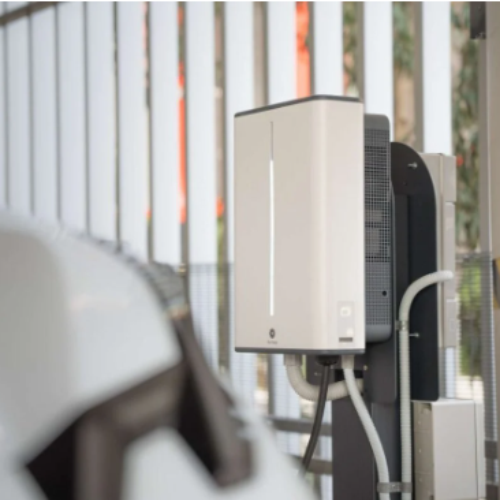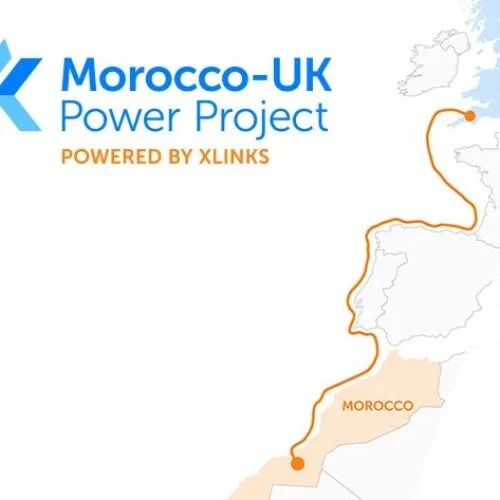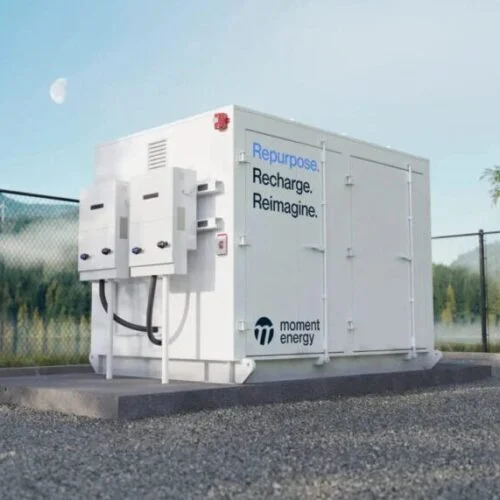Energy supplier EDF and EV chargepoint manufacturer and software provider Hypervolt have announced a strategic partnership.
The companies will work with the National Electricity System Operator (NESO) to provide frequency balancing support to the grid using Hypervolt’s chargers.
The collaboration will leverage Hypervolt’s UltraGrid software with EDF’s PowerShift technology to enable a frequency response service from EV chargers.
PowerShift, EDF’s virtual power plant (VPP), will automatically adjust the energy usage of Hypervolt’s chargers to maintain a system frequency close to 50Hz. This is inline with NESO’s Clean Power 2030 report that highlighted the need for faster frequency response.
Under the deal, Hypervolt EV charger customers will be able to access EDF’s smart charging EV tariff, which automates smart charging for times when electricity is in high supply and thus cheaper. Hypervolt charger owners who are not on EDF supply can also opt in to benefit from flexibility savings through PowerShift.
EDF uses the PowerShift platform for grid-scale battery optimisation as well as behind-the-meter assets. The multi-market flexibility trading capability is used, for example, under a flexibility contract in Bridgwater, Somerset, where it optimises a cohort of domestic Powervault batteries to provide flexibility to the local distribution network. EDF also provides the service to projects such as a 116MW solar and battery storage portfolio previously invested by DIF Infrastructure VII and ib vogt, covered on our sister site Solar Power Portal.
Stuart Fenner, wholesale market services commercial director at EDF, said the partnership with Hypervolt highlights the company’s commitment to integrating EV solutions into the PowerShift solution, “leveraging our unique capability to create value in all available markets”.
NESO frequency balancing services
Since 3 December, NESO has been using a new live auction service, Quick Reserve, for frequency balancing.
According to NESO, this first phase will make system balancing much more efficient, which could deliver consumer savings of as much as £29 – £32 million each year. The second phase of the service will be delivered in the summer of 2025, and NESO states that it is currently engaging with the energy industry and the regulator Ofgem on the proposed service and procurement design.
Another way the operator manages grid frequency is with its Mandatory Frequency Response (MFR) product. Power generators signed up to provide MFR are required to be able to alter their output within as little as ten seconds, and depending on their capabilities, will need to sustain this change for anywhere between 20 seconds and a theoretically indefinite period.
This week, Ofgem approved a request for a derogation and exemption from two articles governing the MFR. It agreed with NESO’s cost benefit analysis that showed changing the procurement of MFR to split into upward and downward contracts would be economically inefficient, while also noting that stopping the immediate use of MFR poses unacceptable system security risks, as NESO cannot guarantee that it can meet full system requirements through voluntary frequency markets alone.
